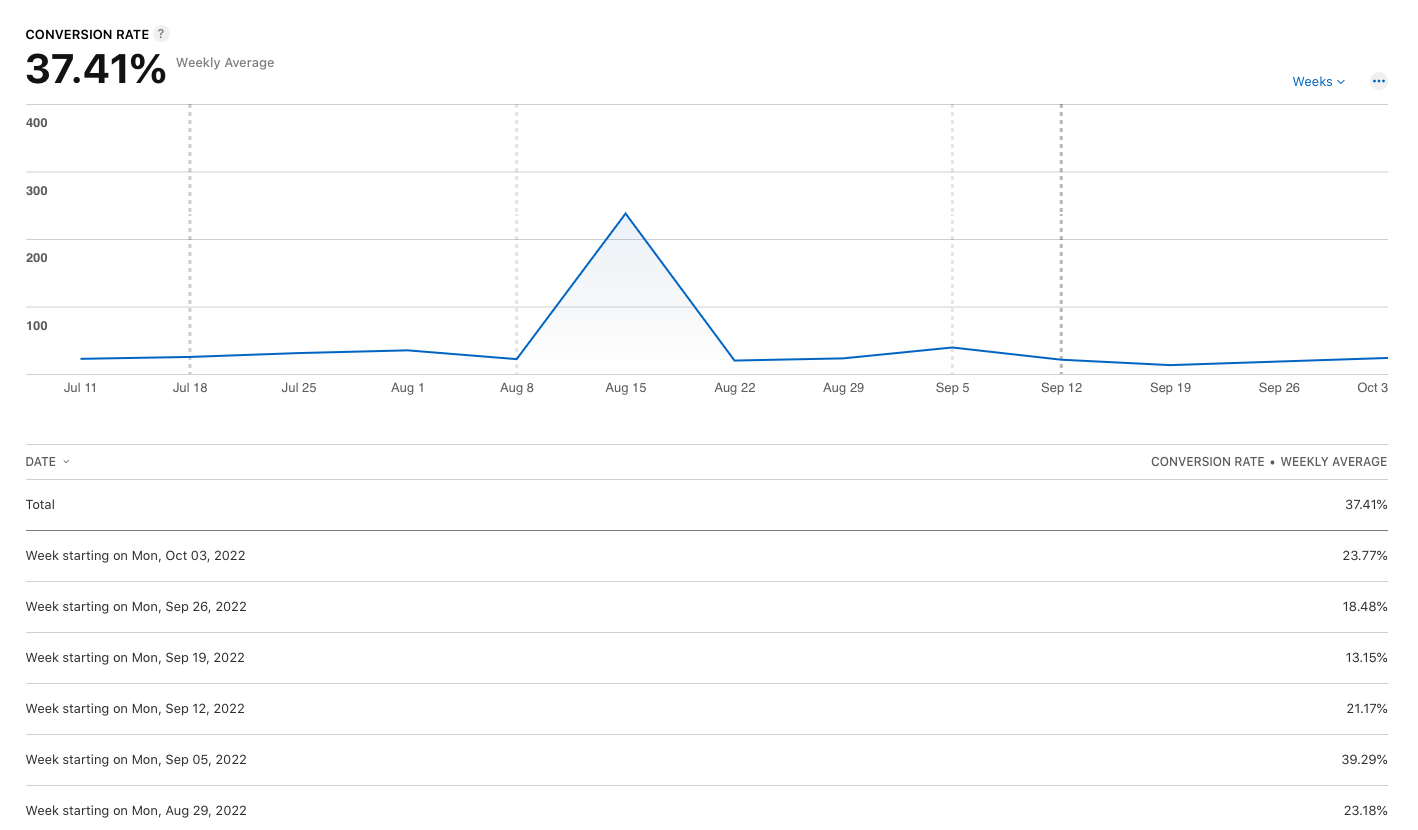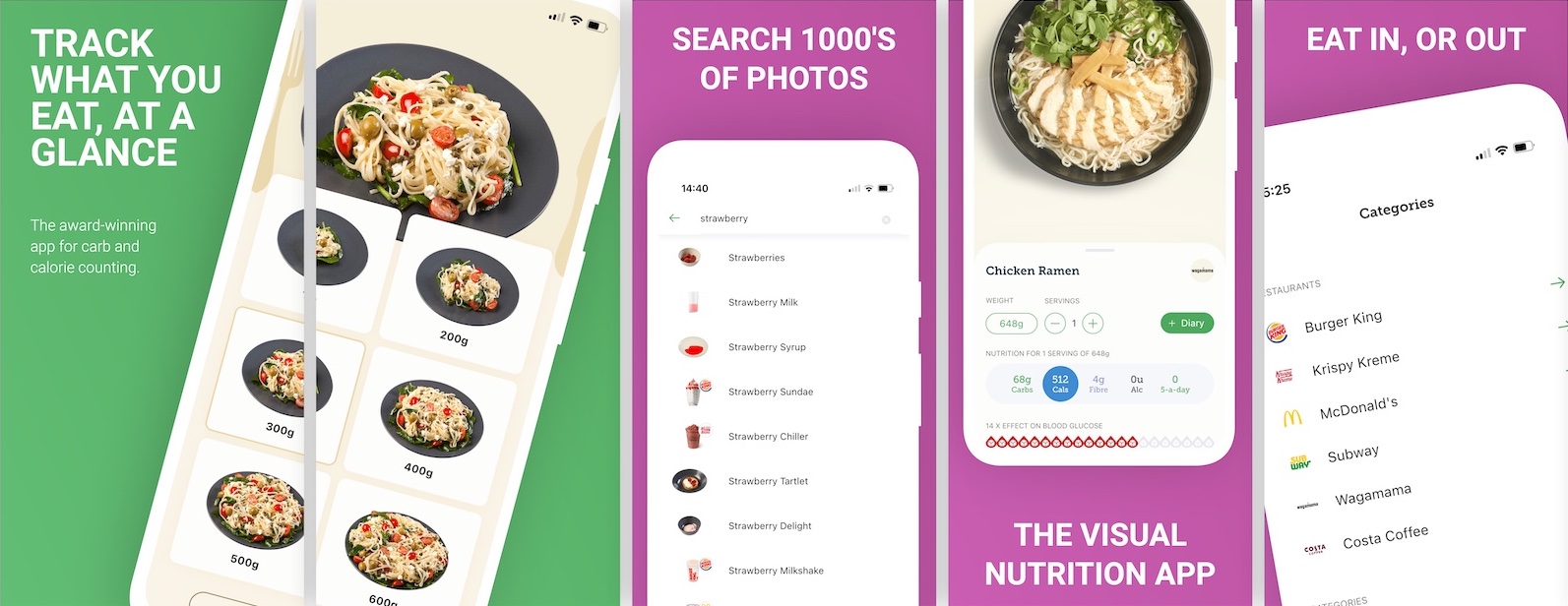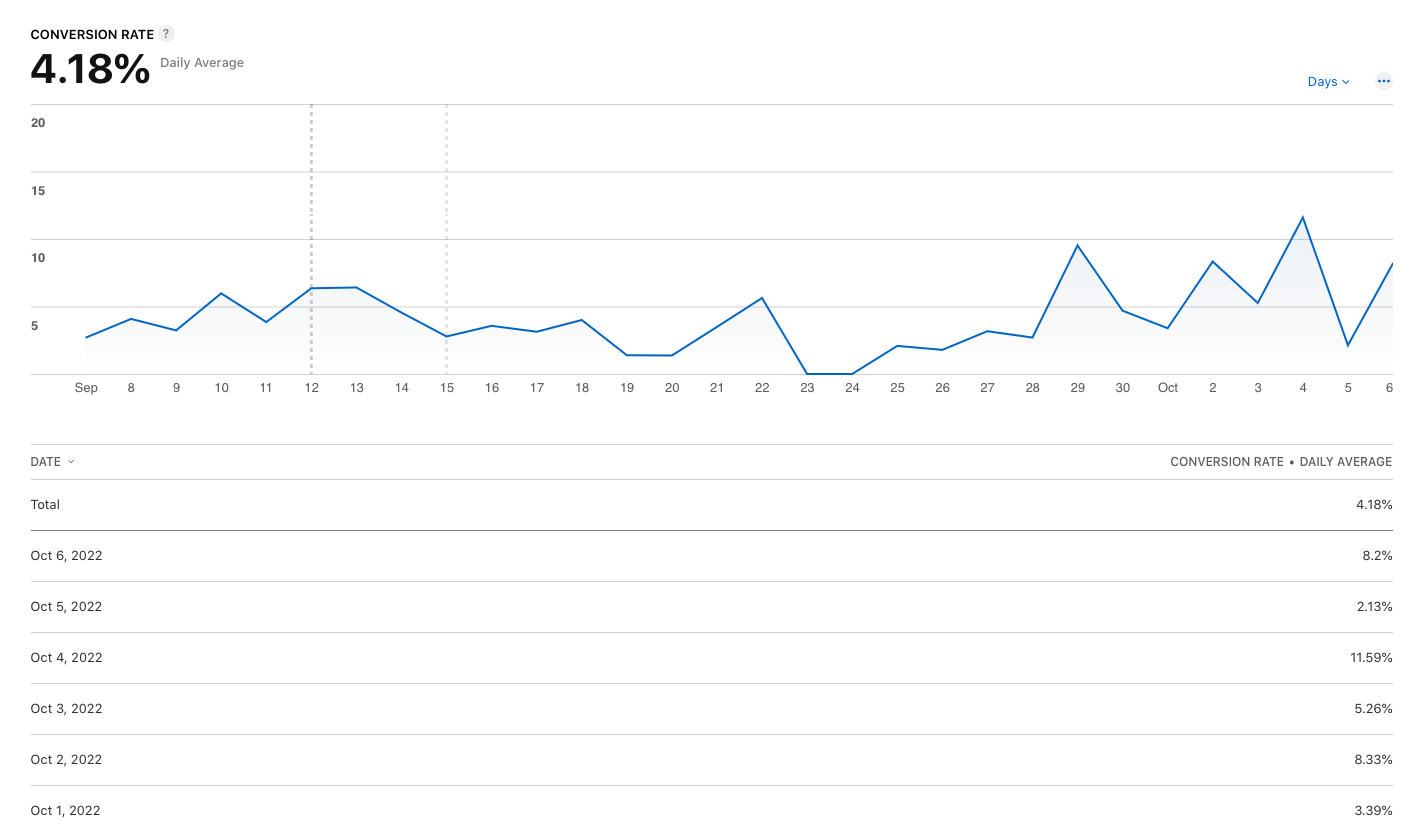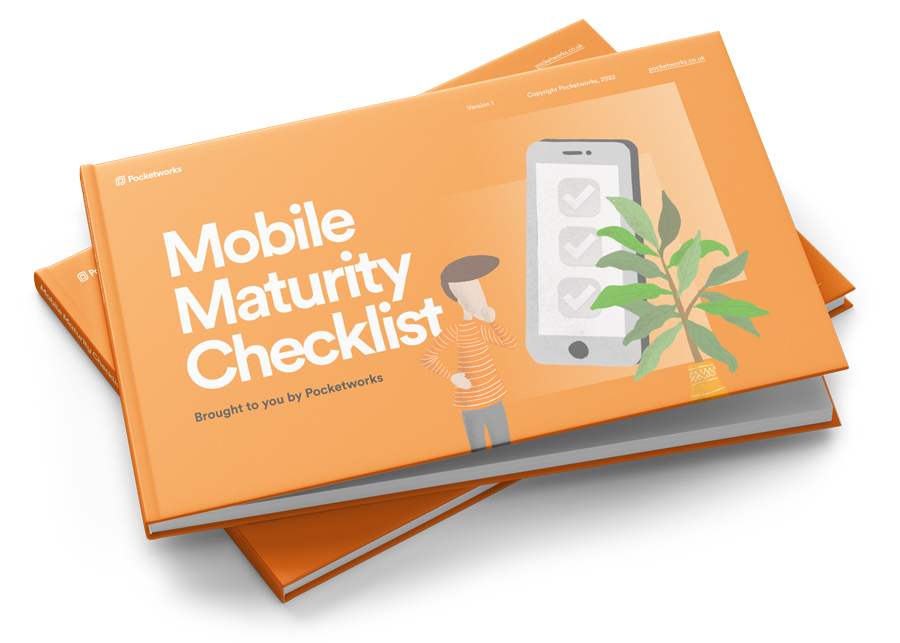You've put in the hard work. You've designed an amazing app, been through a tough development process (we know, it's never easy), and now you're ready to release it into the world. But there's one problem: nobody is downloading it.
What could be going wrong? In this article, we'll take a look at some of the key areas to focus on when trying to increase your app downloads. If you fix these things, you'll see a dramatic improvement in your download numbers!
Your app doesn't have enough reviews
People are more likely to download an app that has lots of positive reviews. If you're just starting out, this can be a Catch-22 situation. How do you get reviews when no one is downloading your app?
There are a few ways to get around this:
- Use other channels to promote your app and encourage people to leave reviews. For example, if you have a blog or email newsletter.
- Reach out to friends, family and anyone else you can think of and ask them to leave you a review.
- Have your app show an in-app popup asking for reviews. Do this immediately after your app gave the user some value, so they leave a positive review.
- Incentivise people to leave reviews by offering them something in return, like an in-app purchase or exclusive content.
Your app doesn't have enough ratings
Just as reviews help you rank on the store, ratings do to.
A rating is where someone rates your app but doens't write any comment. The more ratings you have, the more likely you are to rank highly when someone searches for your app.
For example, the Tesco app ranks at position #2 in Top Free apps today, and it has 631,145 ratings.
The best way to get ratings is to ask for them. Do this immediately after your app gave the user some value, so they leave a positive rating.
Nobody knows your app exists
This one is obvious, but people have to know your app exists in order to download it. So ask yourself, are you doing enough to make people aware of your app?
Make sure you're doing everything you can to get the word out there, including traditional marketing channels like print, TV, and radio advertising, as well as online channels like social media, Google AdWords, and influencer marketing.
Many of you will have a marketing team, in which case it's more about making sure they have the tools and time to promote your app.
Here are some things I've seen companies do:
- A taxi company sent 500,000 SMS messages to their user base, informing them they would get faster service if they used the app. This triggered thousands of downloads and a lot of installs. They also reached the top of their app-store category within a month, bringing further exposure.
- A global standards council used its popular blog and email newsletter to let customers know about the app. This generated thousands of downloads in the first week.
- A charity app startup asked other charities to mention them on Twitter, Instagram and Facebook. They talked about how the app was helping them which slowly built up a steady stream of downloads.
- A publishing company created books that built reputation in their industry, which caused healthcare professionals across the UK to recommend their app to patients. This lead to hundreds of customers downloading their app every day.
So, use the channels you have at your disposal and also leverage other people's audiences.
You don't release often enough
Apps that release weekly or monthly are more likely to rank higher and stand a chance of being featured by Apple or Google. Strava releases every week, but they have dozens of teams working on features, experiments and bug fixes.
We can't all be like them. But planning for monthly or quarterly releases is a great start. You'd be surprised at how many apps don't get a release for a year or two. Those apps risk being removed from the stores, and certainly won't be receiving high download numbers.
Oh, a quick interruption! If you like this article, you'll probably like our newsletter? It brings you loads of useful mobile insights and tips, helping you increase your mobile knowledge every two weeks 👇
Get inspiration from the world of apps.
Righty, now that you've signed up, let's get back to the article 😅
Your app store page isn't convincing enough
Just because people find your app it doesn't mean they will download it. You have to convince them.
In case you're wondering, a decent conversion rate to shoot for is over 30%. The graph below shows an app with a good value proposition and images.

This is the simplest way to achieve healthy downloads - ensuring your app store images and description are in good shape. These are the first things people see when they find your app, so make sure they're high quality and give a good indication of what your app does.
Your images should be clear and concise, showing off your app in the best possible light. Use a mixture of screenshots and lifestyle images, but make sure the former shows key features. Also, make sure the unique benefits of your app are clear.

This app, Carbs & Cals, has pretty clear app store images that also explain the features and benefits of the app to customers. Its app-store conversion rate is well over 30%.
There are more advanced things you can do too:
- Creating targetted landing pages on the app store for different audiences
- Creating a convincing video to accompany your app store images
- Creating in-app events and promoting those from the app store
- Using ASO tools to optimise your keywords and descriptions
Not all marketing departments have time or expertise for all this, so start with the basics and consider hiring some help if you want to explore the more advanced things.
People aren't finding you on the app stores
I recently spoke to a founder that was getting 800+ downloads a day on the Apple App Store without spending a penny. He just had good app store optimisation. 800 downloads a day is easily enough to create a £1m-£4m revenue subscription app in some categories.
Up to 60% of mobile app downloads can come from people actually searching on the app store. So you need your app to be in the search results to benefit from this free source of downloads.
App store optimisation (ASO) is a complex field but you can do the basics without expert help. Fixing the keywords is a good starting point. When people search for apps in the app store, they'll only see yours if it's ranking highly for relevant keywords. This means you need to do some keyword research and then make sure your app's title and description contain these keywords.
One example trick is to make sure you don't duplicate keywords in your app name and subjeading. For example.
App Name: Sainsbury's Groceries
Subtitile: Groceries made easier
Here, you can see Groceries is repeated. They might do better if they changes this to:
App Name: Sainsbury's Groceries
Subtitile: Grocery shopping made simple
This would remove the duplicate keyword, and give them another one to rank on.
There are lots of tips like this.
Your app is nice to have
If people see your app as "nice to have" then they're less likely to download it and more likely to delete it if they do. To increase downloads, you need to make sure your app is seen as an essential part of people's lives. Think about the last time you downloaded an app. Was it because you needed it to do something specific? Or was it because you thought it would be "interesting"?
The former is much more likely. And that's what you need to focus on. You need to make sure your app solves a problem or does something people need. Only then will they download and keep it.
There's nothing wrong with this, but it just means you need many more downloads to get people onboard.
The image below shows conversion rates for a really nice app with a strong app-store page, but which falls more in the "nice to have" category. As you can see, 35% fewer people download it compared to the more "utility" apps discussed above.

Your app is too big
Believe it or not, apps can range from 20MB to 1GB in size. Large apps take a long time to download and can put people off. Try and keep your app under 100MB.
If you absolutely have to go over this, make sure your download page says how big the app is so people can make an informed decision.
Your app doesn't work on older phones
There are still a lot of people using older iPhones and Android phones. If your app only works on the latest models, you're excluding a large portion of the market.
Ask your developers about the devices your app supports. Ideally, you'd discuss this during your app planning phase as it can be expensive to add support for older devices as an afterthought
You don't have a referral mechanism
A referral mechanism is something that encourages users to tell their friends about your app. Imagine if 10% of your customers encouraged one new person to download your app, and you'd see your downloads grow exponentially.
The simplest way to do this is with an in-app referral system. When a user refers a friend, they get some kind of benefit, like an in-app purchase or a discount on a booking/order.
Even better, consider how your product can naturally drive organic referrals. For example, people want to share Instagram photos, meaning that Instagram is designed to be shared. This massively helped with their growth in the early days. Can you give your customers a compelling reason to expose your product to others, without using referral codes or incentives?
Pick one or two of these to run with
I've summarised the tips below, so pick one or two and give them a go.
- Ensure your marketing people are actively promoting your app
- Use channels that already work for your organisation, and use them to promote your app
- Consider paid media and using other people's audiences to promote your app
- Check if you're achieving 30% or more conversion rate on the app store
- Make sure your app store page has high-quality images
- Ensure your app store page description clearly outlines the unique benefits of your app, and that includes it includes keywords that people search for
- Consider getting outside help to do advanced ASO techniques such as in-app events, videos and targetted landing pages
- Check the size of your app, and ask your app developers how to reduce it if it's over 100MB
- Encourage reviews by offering incentives or asking friends and family. Also, prompt users for a review in your app immediately after giving the user some value.
- Ask your developers about supporting older phones, find out what you support now and if that is enough to get the downloads you require.
- Drive organic growth by making some aspect of your app or product naturally shareable, like Instagram did.
- If you can't drive natural growth this way, add a referral code system to your app to reward people who share it with discounts or offers.




